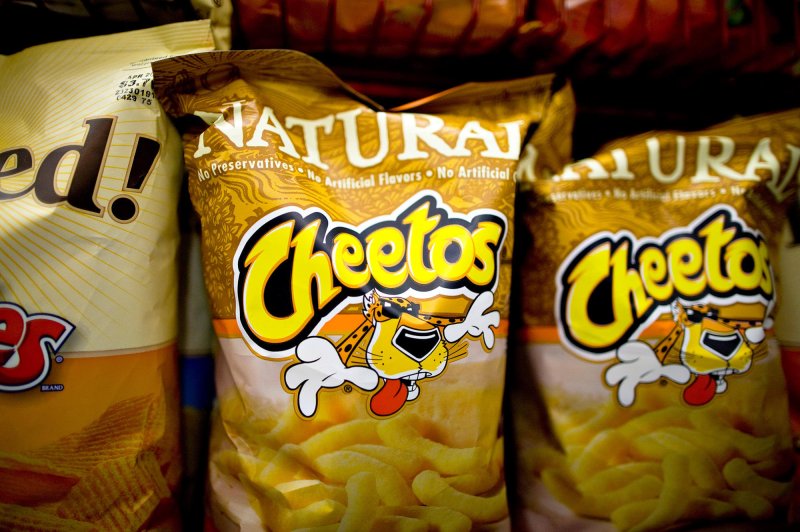Browse the shelves at your local grocery store, and you’ll find highly-processed product after highly-processed product marketing itself as a natural option.
This is communicated in a variety of ways. Terms such as “whole,” “real,” and “fresh” are liberally used, as are references to farmers and harvests. But one of the most popular strategies is also the most straight-forward: sales for products containing the term “natural” rose from $29.6 billion in the 52 weeks ending July 6, 2013 to $43.7 billion in the 52 weeks ending July 1, 2017, according to data from Nielsen.
…
So — what does natural actually mean? And why are companies allowed to use it to describe everything from boxes of Cookie Crisp cereal to bottles of raspberry iced tea?
The short answer: natural doesn’t mean much of anything. “You may think it means straight from the earth or tree, but not a chance,” Marion Nestle, a professor of nutrition at New York University, told Fortune in an email. The FDA hasn’t established a formal definition of the term (it is currently reviewing comments from the public).
The GLP aggregated and excerpted this article to reflect the diversity of news, opinion and analysis. Read full, original post: 15 Ways Food Companies Try to Convince You Their Packaged Products Are ‘Natural’































